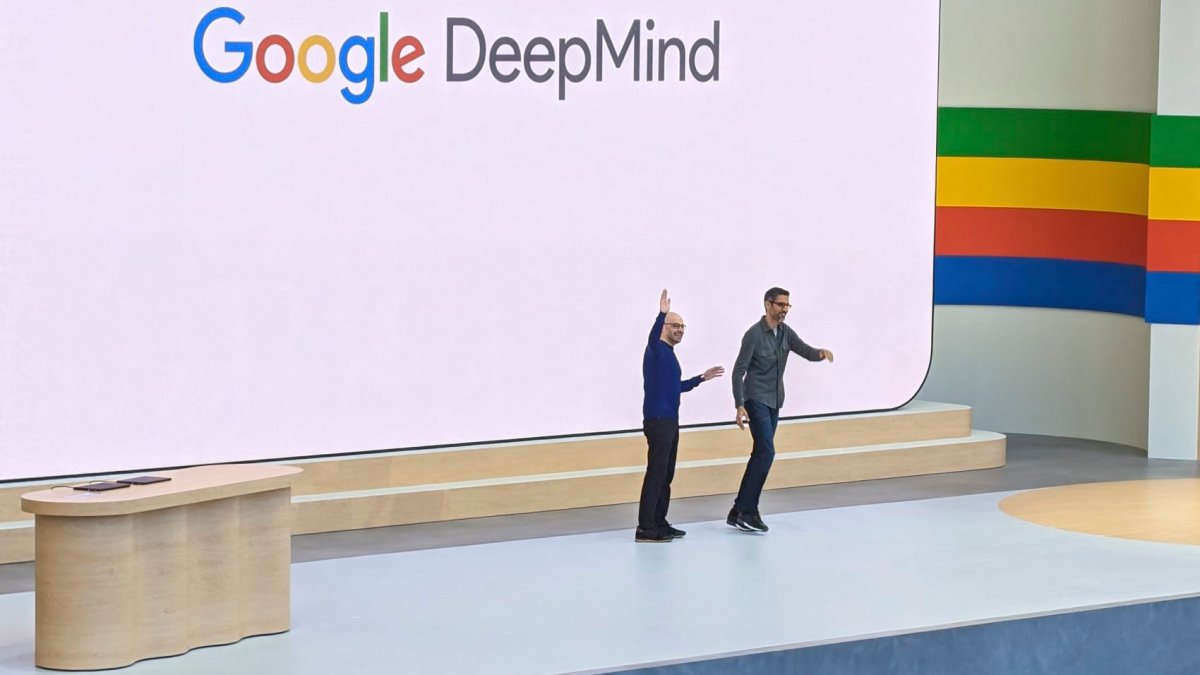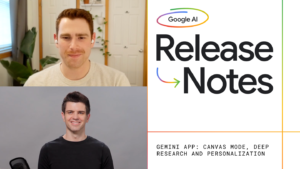DeepMind Announces Plans to Utilize AI Models for Physical Robots

Google DeepMind Introduces New AI Models for Robotics
Google DeepMind recently introduced two cutting-edge AI models aimed at enhancing robotic capabilities. The models, named Gemini Robotics and Gemini Robotics-ER (Extended Reasoning), now operate on Gemini 2.0, which Google describes as its "most capable" AI to date. These models signify a significant leap in AI technology, moving from traditional outputs like text and images to executing physical actions in the real world.
Collaboration with Apptronik
Google has partnered with Apptronik, a Texas-based robotics developer, to pave the way for future humanoid robots powered by Gemini 2.0. Apptronik has a history of collaboration with notable organizations, including NVIDIA and NASA. Recently, Google participated in a $350 million funding round to support Apptronik’s advancements in robotics.
Demonstration of Robotic Capabilities
In promotional materials, Google showcased Apptronik robots engaged in various tasks, demonstrating their capabilities with the new AI models. These demonstrations included:
- Plugging devices into power strips
- Filling lunchboxes with items
- Moving around plastic vegetables
- Zipping up bags in response to spoken commands
These practical tasks underscore the robots’ ability to interact with their environment effectively.
Essential Qualities of Robotics AI
Google outlines three primary qualities that AI models for robotics must possess:
- Generality: Robots should adapt to a wide range of situations.
- Interactivity: They need to understand and quickly respond to instructions and environmental changes.
- Dexterity: The ability to manipulate objects as humans do is crucial.
These traits are critical for making robots genuinely useful and capable of performing tasks that require human-like skills.
Gemini Robotics-ER: A Foundation for Developers
Gemini Robotics-ER offers a foundational model specifically designed for roboticists. It allows developers like Apptronik, along with "trusted testers" that include companies such as Agile Robots and Boston Dynamics, to train their unique models for diverse applications.
The Broader Robotics Landscape
Google isn’t the only tech giant venturing into robotics with artificial intelligence. In November, OpenAI invested in a startup called Physical Intelligence, which focuses on integrating general-purpose AI into robotics. This investment aligns with OpenAI’s broader strategy to enhance its robotics initiatives.
Additionally, Tesla has been advancing its humanoid robotics projects with its Optimus robot, marking its entry into this competitive field. Google CEO Sundar Pichai noted on X that the company views robotics as an ideal testing ground for applying AI technology in real-world scenarios.
Future Directions for Robotics
As AI continues to evolve, the potential applications for robotics become increasingly diverse. Google’s introduction of Gemini 2.0 not only signals advancements in artificial intelligence but also emphasizes a future where intelligent robots can perform complex tasks and enhance efficiency in various industries.
With major players like Google and OpenAI investing heavily in this space, the robotics landscape is set to experience rapid innovations that could redefine our interactions with machines.






